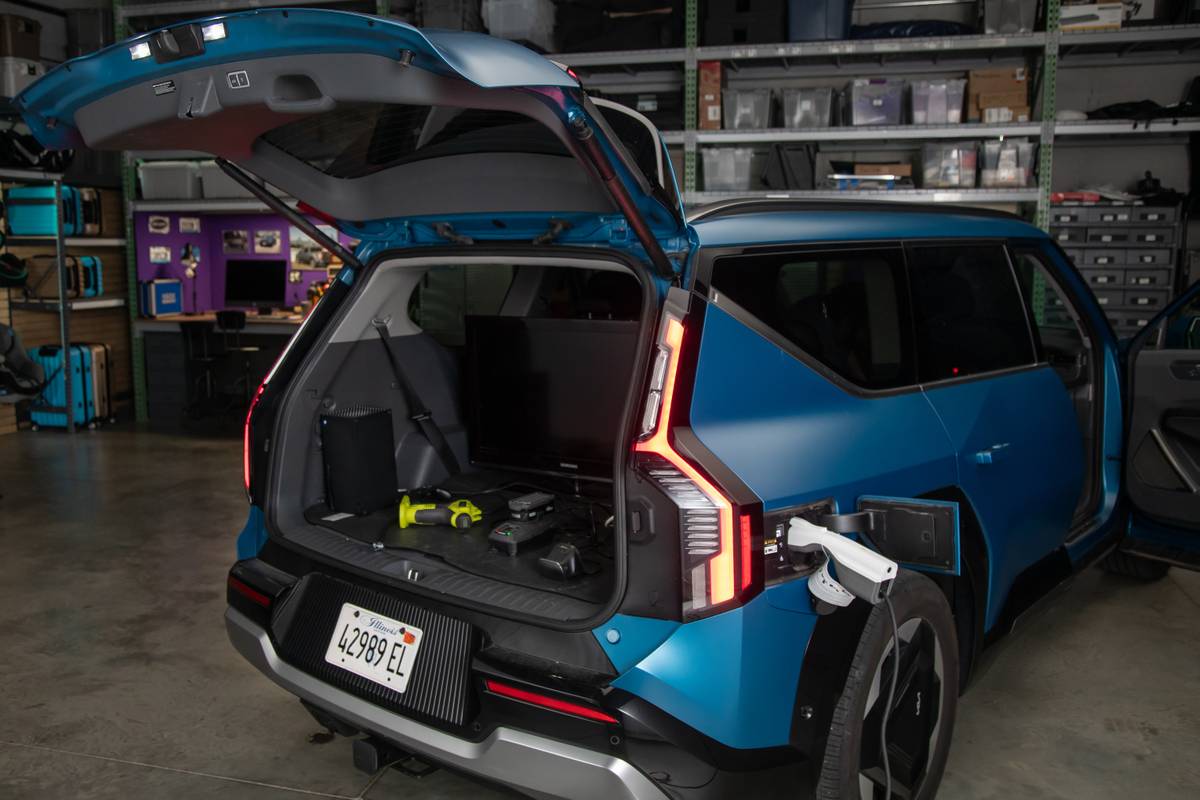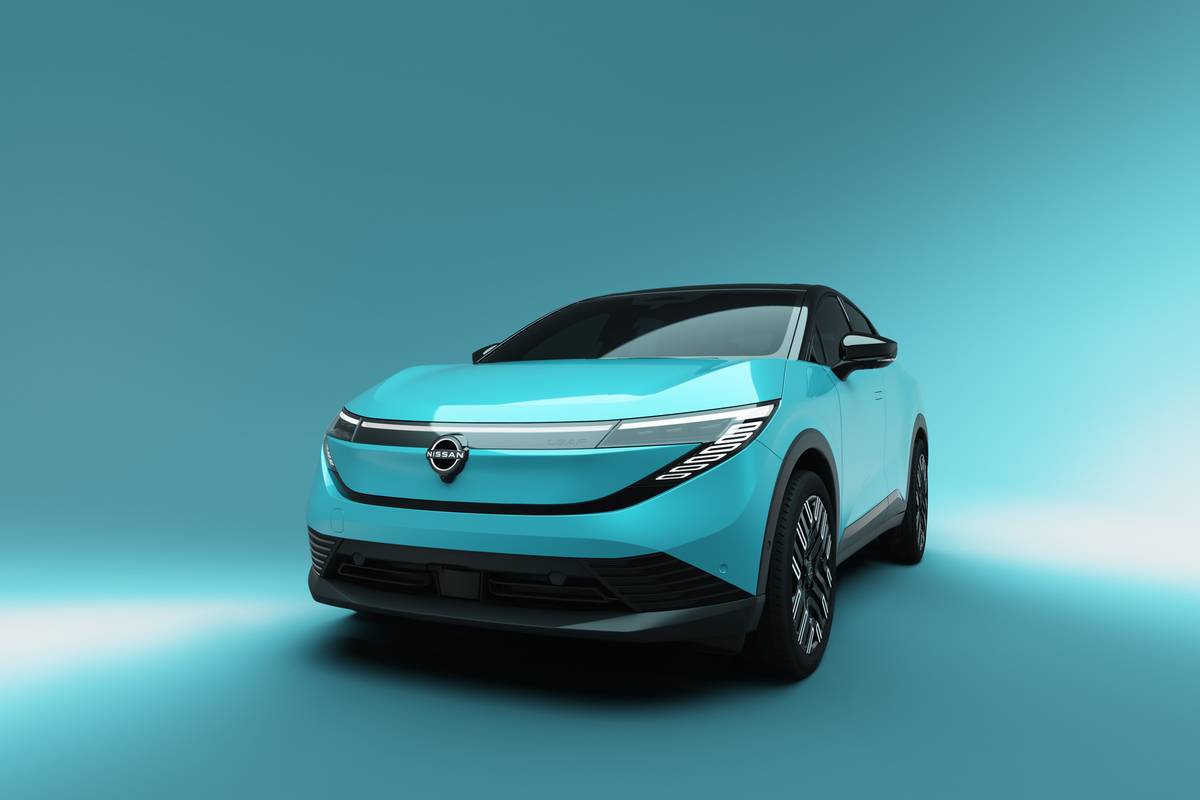Boston.com's view
When last we drove the Grand Vitara, there seemed to be an echo.
The car whined. I whined.
The car whined because, as an SUV, it was woefully underpowered; it gasped climbing hills offroad, and it wheezed trying to pass on the highway.
I whined, in my review, that Suzuki has got to do better than this if it hopes to play in the semi-big sport utility vehicle arena. It was not a stretch to reach this conclusion.
So what have the engineers at Suzuki done? Made a stretch of their own – a stretch of more than a foot in wheelbase and almost 20 inches in overall length and given us a bigger, more powerful Grand Vitara, the XL-7. And it is a solid, if not remarkable, step forward for a manufacturer whose SUVs have been mostly diminutive.
This was not a complete reengineering of the previous model. They really did just make it longer. The front cabin remains the same size. The extra space is added from behind the front seats, at the B-pillar.
It still rides on a ladder frame. Still has independent struts, coil springs, and a stabilizer bar up front; a solid rear axle with coil springs and five-link suspension in the rear.
The result?
On the highway, it has a much smoother and more agile ride. In fact, its highway ride was as good as you find in many far more expensive SUVs: steady and straight at high speeds, and sure through lane changes, with only a slight sense of body roll. The extra length obviously helps here.
Offroad, it was good but I wouldn’t call it agile. First, the sound of a traveling suspension system and the intermittent chipping of the ABS on downhill slopes made for a distracting cacophony at times. It is not that it wouldn’t get me over stumps, through flowing snowmelt, or through drifts; it’s just that it seemed like the car had to work very hard to get there. Inside, it’s a roomy rig. Good legroom and headroom up front, generous space in the middle seat. The third seat, however, while letting Suzuki boast of its first seven-passenger SUV, is really a kiddy corral. Any adult riding back here would suffer.
And oddly, Suzuki planted that third seat in there permanently. You can’t take it out if you want to haul extra loads. Fold it down and it leaves a curious blend of lines and angles that you can’t really call a flat cargo floor.
The seats themselves are quite comfortable (again, third row excluded), and the ergonomics – big buttons and knobs for audio and climate controls – are easy to use and don’t cause distractions as you attempt to change sound or temperature. It’s not a plush interior, but if you’re buying this SUV, you’re looking for function and utility at a good price, not elegance.
If there’s a major design flaw with the XL-7, it has to be the door for the rear cargo area. It opens on right hand hinges and swings big and wide.
This means if you park next to a curb and want to haul groceries or goodies to or from the car, you’ve got to walk out and around your own d oor. Further, as happened to me, if you park at the local recycling center and leave the door open as you haul your trash to its various bins, the door is an inconvenience to others who have to carry past it, and could even be a danger to drivers moving along a line of parked cars. And picture the car parked diagonally, its door sticking out into traffic. Suzuki really ought to rethink this door.
But here I am whining again.
At least I’m alone in that this time – there’s no engine whine to accompany me in this review because Suzuki did the right thing and put a bigger engine into the XL-7.
The engineers plopped in a 2.7 liter, all-aluminum, DOHC, 24-valve, V-6. It produces 170 horsepower and has a 3,000-pound towing capacity.
It’s hardly a big freight hauler, but it will tow a moderate size boat or small camper.
On the road, it still is no rocket when it comes to acceleration from a standing start, but at least it will pass other cars and climb hills witho wheezing.
And once at speed, it maintains just fine – unlike the standard Grand Vitara with its weaker power plant.
The XL-7 comes in either rear- or four-wheel-drive and you have the option of a five-speed standard transmission or a four-speed automatic (as tested, a tight little unit). A two-speed transfer case between the seats engages four-wheel-drive.
The XL-7 is a car you should test if you are considering Toyota’s RAV4, the Ford Escape, or its kickin’ cousin the Mazda Tribute, or the Hyundai Santa Fe. It’s a decent step forward for a company whose earlier offering was pretty anemic compared to that mix.
Nice touch:The rear doors. Suzuki took advantage of the added length to build wonderfully wide doors to the middle row of seats. Easy in and out here.
Annoyance:The stubby little fold-down armrests on the insides of the front bucket seats. You have to reach back with your elbow to rest the joint on them.
Latest news



